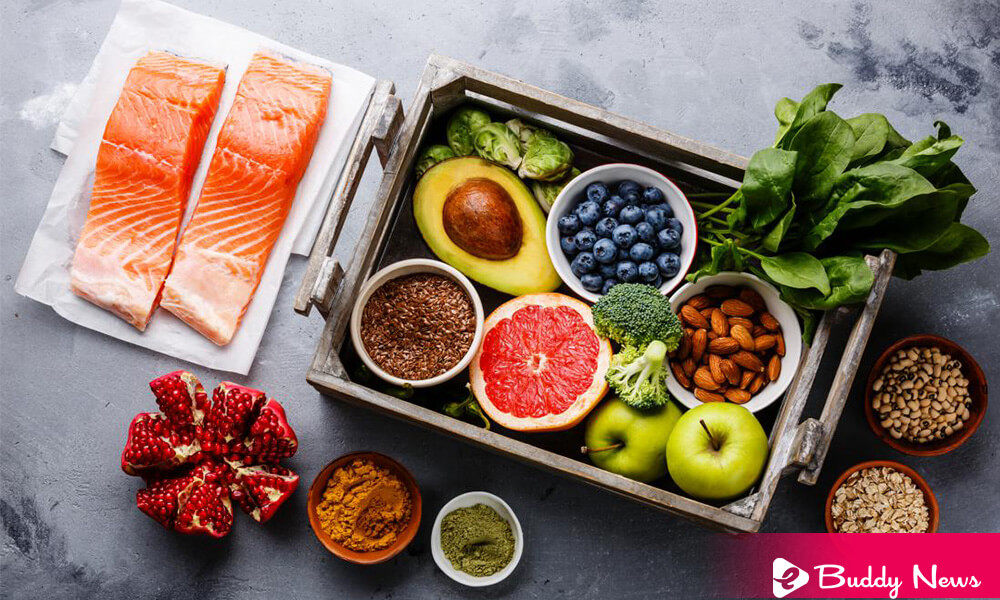What Is The Diet To Control High Blood Pressure?

If you make changes to your diet, it will help you control your high blood pressure. The changes in your diet plan can also help you lose weight. It is a proven way for the same. Further, it will lower your chance of heart disease and possible heart stroke.
Your ‘health care provider’ may refer you to a nutritionist to help you create a healthy meal plan. If you also asked what should be your target blood pressure. Your risk factors and other health problems will be the basis for it.
Diet To Control High Blood Pressure
DASH Diet
We have shown the low-salt diet in Dietary Approaches to Stop Hypertension (DASH) to help lower blood pressure. We can see its effects on blood pressure sometimes within a few weeks.
The said diet is rich in important nutrients and fiber. It includes foods higher in potassium, calcium, and magnesium and lower in sodium (salt) than the typical American diet.
The goals of the DASH diet are that:
- Reduce sodium to no more than 2,300 mg per day (an even better goal is to eat just 1500mg).
- You have to reduce saturated fat to no more than 6%. Further, reduce the ‘total fat’ to 27% daily calories. Better use Low-fat dairy products. It appears to be especially beneficial for lowering systolic blood pressure.
- Select monounsaturated oils, such as olive and canola oils, when choosing fats.
- Also, better choose whole grains over white flour or pasta products.
- Choose fresh fruits and vegetables every day. Many of these foods have high ‘potassium, fiber, or both .’
- Better try to eat: a) nuts, b.) seeds viz.,’ legumes (beans or peas)’ every day.
- Advisable to choose modest amounts of protein. Of course, we prefer below 18 percent of the ‘total daily calories.’
- The best protein sources are fish, skinless poultry, and soy products.
The other daily nutrient goals of the DASH diet include reducing carbohydrates to 55% of daily calories and dietary cholesterol to 150 mg. Please try to get at least 30 grams (g) of fiber daily.
Check with your provider before increasing potassium in your diet or using salt substitutes (often contain potassium). People who have kidney problems or take proper medications need to be careful about the amount of potassium they consume.
Heart-Healthy Food
Eat naturally low in fat foods, such as whole grains, fruits, and vegetables.
- Please read food labels and pay special attention to the level of saturated fat.
- Taking too much saturated fat is one of the biggest risk factors for heart disease. Avoid or reduce foods high in saturated fat (more than 20% of total fat is considered high). Foods high in that type of fat include egg yolks, hard cheeses, whole milk, heavy cream, ice cream, butter, and fatty meat.
- Choose lean protein foods, such as soybeans, fish, skinless chicken, very lean meat, and 1% or nonfat dairy products.
- Look for the words hydrogenated or partially hydrate on food labels. DO NOT eat foods with these ingredients as they are loaded with saturated and trans fats.
- Try to limit the amount of prepared and fried foods you eat.
- Reduce the amount of commercially prepared baked goods (such as bagels, cookies, and crackers) you eat, as they can be high in saturated or trans fats.
- Pay attention to preparing food. Learn healthy ways to cook fish, chicken, and lean meats are grilling, broiling, boiling, and baking. Avoid adding high-fat dressings or sauces.
Other suggestions include:
- Intake foods that are rich in soluble fiber. These include oatmeal, bran, split peas and lentils, beans (such as kidney beans, black beans, and navy beans), some cereals, and brown rice.
- Try to learn how to shop for and cook healthy foods for your heart. Learn to read food labels to choose healthy foods wisely. Stay away from fast-food restaurants, where healthy options can be hard to find.














